By Gail S. Blankenau, Discover Family History*
Although it may be an exaggeration that the Inuit people had fifty words for snow, anthropologists have noted that they likely had hundreds of ways to describe it, because snow is such a constant in their lives.** German genealogists have remarked that there may indeed be fifty words for farmer, noting their farm ancestor’s Stand, or social standing, goes beyond general catchwords like Bauer or Meier for farmer. Indeed, the many terms for “farm” and “farmer” in the German language reflect that farming was one of the most important aspects of our German ancestors’ life experience.
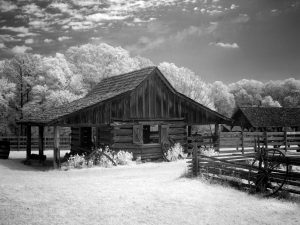
DISTINCTIONS THAT MATTER…
With farming occupying such an important part of German society, there is a hierarchy to German farming—a hierarchy that emerged from older feudal systems. Although there were freeholding farmers, much of the land had a governing “lordship” whether a king, a count, a local squire, or a monastery, which owned the underlying real estate, with these farmers in a form of peasant tenancy, albeit many with hereditary rights to operate the farm. The hierarchies involved became the Bauernklassen, or farm classes. These farm classifications draw important social distinctions between farmers—distinctions that mattered very much to our ancestors and should matter to us as family historians. Researchers will find that throughout the Germanic states, there was a certain social status carried among the farms and the farmers that operated them.
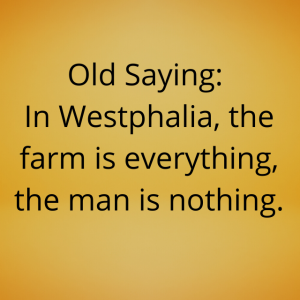
Dictionaries that don’t help…
Where do we start when we encounter these “strange” farmer words? Many of us turn to dictionaries. The problem is that many of them simply define the terms as farmer, or small farmer, and they do not reflect local and regional differences that explore the word’s full meaning in a particular place and time.
For instance, one dictionary defines Colon or Kolon (Latin base) as a farmer on a full-sized farm. However, many Colons in different regions were not operating a full-size farm. The word indicates that the property was settled in the earliest stages of agricultural settlement for that location. Thus, there are places where even the small cottage farmer might be called Colon(na) if he or she had a hereditary leasehold of early origin.
Regional differences….
It must be emphasized that definitions for one region do not always translate well to another. In an article about farm classifications in the province of Hesse, genealogists Wilfried Gerbig and Volkmar Weiss warned that, “respective designations [for farms] have to be examined for each individual region/village…on the basis of church books, registry documents, etc.***
Most sociologists and historians begin their classification by dividing agricultural workers into two main groups before they tackle the nitty gritty of local farm classes and their corresponding terminology. Throughout the Germanic states, there were farmers with full privileges and duties in their local Bauerschaft or farming community (rather like a farm cooperative), and those without full privileges and duties.
Distinguishing characteristics of Farmers with full privileges and duties:
- Full rights to common areas, based on farm size and assets
- Owed district taxes and services to the manor based on farm size and assets
- Had a say in questions that came before the farm cooperative
Distinguishing characteristics of Farmers without full privileges and duties:
- No (or few) rights to common areas
- Some duties owed because they benefited from schools and churches
- No say in questions that came before the farm cooperative
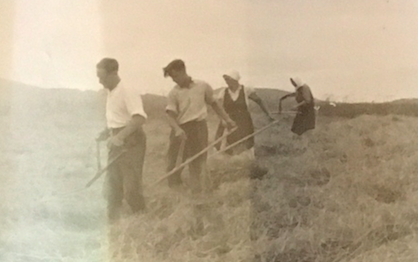
Genealogists Should Focus On…
From the starting point of farmers’ privileges and duties, genealogists need to focus on local farm classifications based on size and assets. Many areas break down farm sizes in fractions, although the fractional hectares involved were not as precise as the titles suggest. Other regions do not use fraction words, but they still classify farms by rough size, no matter what the terminology used. Remember, the farm’s classification determined what taxes and duties were owed to the lordship, and later to the civil authorities, so records associated with these payments will help researchers define the farm’s position, and thus the farmer’s place, in the social structure.
From Full-Size Farms Down…
All regions have the largest farms as full-sized farms, although the size of the full farm varies from place to place. These farmers not only possessed more land than the other farm classes, but had enough livestock (a span of horses or cattle) to help them till these larger parcels. Some of these full-size farmers might have the German word for “full”—or voll—in their titles: Vollbauern, Vollmeier, and Vollspänner may crop up in your records, along with Großmeier, Spannbauern, Ackerleute, Anspänner, Pferdner, and Hüfner. Hüfner, with a base word of Huf (an old unit of land measurement) indicates that the amount of land was sufficient to feed a normal peasant family.
From the full farmer, we go down to three-quarters, a half, a quarter, and in some places further into an eighth, and a sixteenth. If we take “Bauer” (farmer) as the base word, the half farmer is Halbbauer; quarter is Viertelbauer; eighth is Achtelbauer. These farm properties will be roughly a half, quarter, and eighth of the full-size farm for that area and the taxes and services owed will be a half, quarter, and eighth of those owed by the full farm. In some places, a researcher may observe a Meier at the top of a tax list, and the next classification of payments is under the heading of Halbmeier. From this, the genealogist can conclude that Meier in this particular case is not a catchall word for farmer, but means full farmer.
Small-Size Farms…
A very common word for a farmer of a small-size farm is Kötter (variants: Köter, Köt(h)ner). This term literally means “cottager,” and generally indicates the farm has a small house, a garden, and sometimes a little land for animals. The term “cottage industry” comes from this type of agricultural holding, as there often is not enough land to sustain a family without supplementary income from weaving, spinning, lacemaking, etc.
In some places, the Kötter have rights in the Bauerschaft, and in others they do not, so this particular term must always be investigated further. In certain cases, an email to the local archive might yield further nuance in the terms you see in the records for your ancestor. If you can find tax records (and some are online), the tax structure will often lay out the hierarchy of farms for your area.
Einlieger, Beisitzer, Haüsler, Büdner…
If you see these terms, it may mean your farm ancestor did not have full rights in the farming community. For instance, in the province of Hesse, these terms indicate this lower status. Your Einlieger may be renting a plot from a larger farmer and probably has no hereditary leasehold direct from the presiding lordship. Again, each region must be investigated further to see what rights and duties these classifications held.
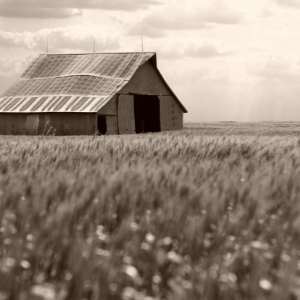
The Case of Schleswig-Holstein…
Schleswig-Holstein is a special case, particularly Schleswig, as there were always more “free farmers” who owned their property outright than in other Germanic areas, in which hereditary leaseholds were common. In Schleswig, Frei Bonden are indeed free holders, and Hüfner (Holstein) are larger farmers with commons rights. Instead of Kötter, we see the term Kätner as a term for the cottager class. Mecklenburg is an area where the base word of Hüfner is common, with Vollhüfner, Halbhüfner, and Drittelhüfner (a third), etc., along with Kossäten for the cottage-size parcels.
Like the top categories and terms that carry the concept of a full- or half-sized farm, the terminology for the very bottom of the agricultural working class is more consistent in meaning than the terms used for the middle farm classes. We have day laborers throughout the Germanic regions, or Tagelöhner, and the term means just what it says. In Schleswig, the term Insten means day laborer. We also see (all over the Germanic realm) the hired worker, or Heuerling (hireling), who may have a more regular gig than the day laborer. The time of hire could be for a season, a year, or more. For instance, Heinrich Blankenaufulland (1810-1850) of Sende, Westphalia, was a Heuerling, but he was employed by the same farmer for twenty-five years.****
A Real-Life Example…
For an example of a record that indicates the local hierarchy of farm classes, here is a list of payments owed at marriage (Weinkauf) for the farm classes in the district called the Grafschaft Rietberg (a state ruled by a Count in the Holy Roman Empire, today part of North-Rhine Westphalia):
Meyer 80 Reichstaler
Halbmeyer 40 Reichstaler
Zweitäger 16 Reichstaler
Eintäger 8 Reichstaler
Neuwohner 5 Reichstaler
Kötter 3 Reichstaler
In Conclusion…
This essay is a short introduction to the concept of German farm classes, and how you begin to find out your ancestor’s place in the social structure. You will encounter terms in church books and other records that may need further research for your particular locality and time in order to understand what the terminology used reflects. Tax lists, some of which are online, are a good source for farm classifications. Farm histories can be another great source. Censuses and population lists, where they exist, also yield clues. Some church bookkeepers were very precise, while others were not, so care should be taken when using church books to discover a farmer’s social class.
In short, follow the real estate adage: Location, location, location, and find records that give you the deeper meaning of your ancestor’s farm Stand.
***
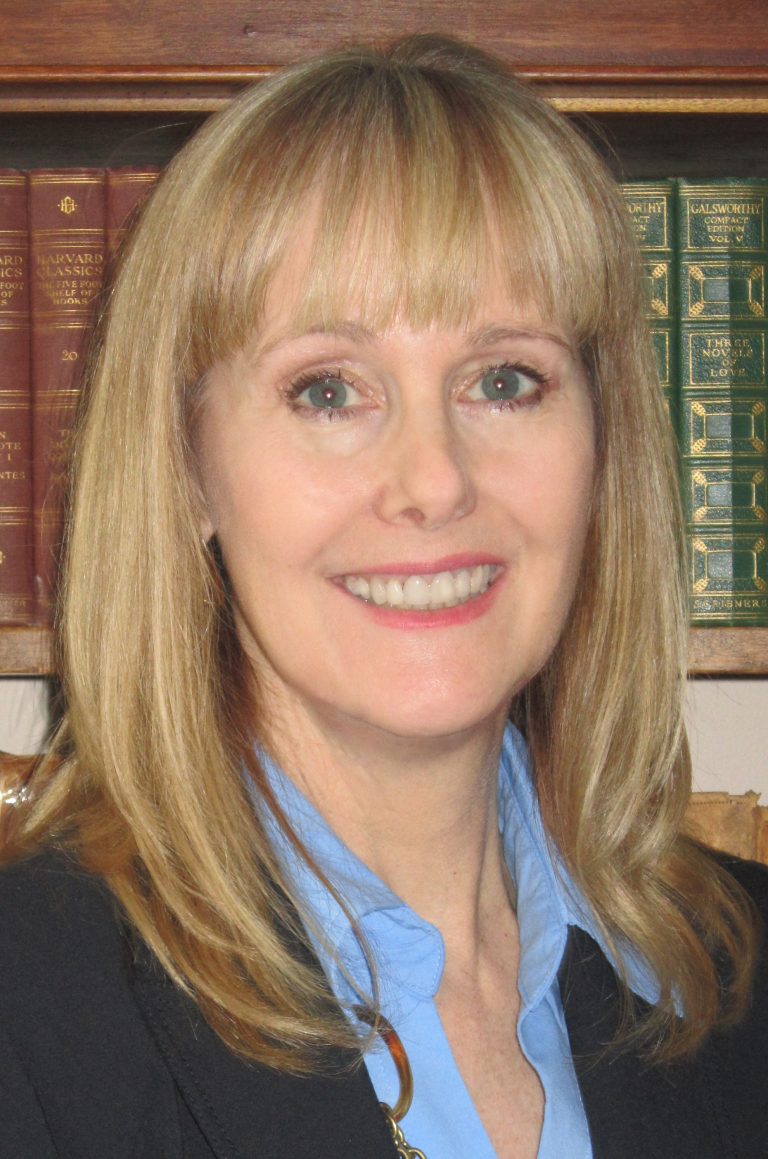
Gail Shaffer Blankenau is a history and genealogy research expert, author, and speaker. She specializes in German genealogy, reading old German script, in Midwestern and Nebraska roots, land records, as well as lineage research. She is a popular conference and webinar speaker and her articles have appeared in the New England Historical and Genealogical Register, The Genealogist, the National Genealogical Society Magazine, and more. She recently pursued a second master’s degree in history and her thesis won the University of Nebraska-Kearney “Outstanding Thesis Award” for the 2019-2020 school year. She is a life member of the Alden Kindred, the genealogist for the Nickerson Family Association of Cape Cod, and a board member of the Germanic Genealogy Society.
Get in touch with Gail:
Footnotes:
[*] This essay is based on research presented in Beyond the Bauer: Your Farm Ancestor’s Place in the Social Structure, by Gail Blankenau. The presentation is currently in the Germanic Genealogy Society webinar archive at www.ggsmn.org Gail is working on a book that will explore German farm inheritance strategies and intergenerational transfers that will discuss these farm classifications in greater depth.
[**] Anthropologist Franz Boaz began the debate in his 1911 work in: Boas, Franz, “Introduction to the Handbook of North American Indians,” Smithsonian Institution, Bulletin 40, part 1. Critics later attacked his view, calling his assertions sloppy. Newer understanding of Native grammar now suggests Boaz may have been closer than his critics thought, depending on how one defines a word in these nuanced languages. See David Robson, “There Really are 50 Eskimos Words For ‘Snow’” posted at Washington Post, 14 January 2013, www.washingtonpost.com, Alaska Native Language Center, Larry Kaplan, “Inuit Snow Terms: How Many and What does it Mean”” https://uaf.edu/anlc/resources/inuit_snow_terms.php
[***] Wilfried Gerbig und Volkmar Weiss,”Standesbezeichnungen der bäuerlichen Bevölkerung im deutschen Sprachraum,” Familienkundlich Nachrichten, Band 8, Nr. 13 (1992). Translated by the author.
[****] Heinrich’s marriages at the St. Anna Catholic Church in Verl (now online at Matricula), as well as his children’s baptisms, indicate his social status and where he was hired throughout a thirty-year span.
GERMAN-ENGLISH DICTIONARIES ONLINE:
https://www.familysearch.org/wiki/en/Understanding_Occupations_in_German_Research
https://www.familysearch.org/wiki/en/German_Genealogical_Word_List
https://www.Brigittegastelancestry.com/occupant.htm A comprehensive list of “German Professions, Occupations, and Illnesses,” courtesy of Oliver Weiss.
Wikipedia: Surprisingly good definitions can be found on German Wikipedia: www.wikipedia.de.
EXAMPLES OF GERMAN WEBSITES THAT EXPLAIN FARM CLASSES FOR THEIR PARTICULAR LOCALITY (NOT COMPREHENSIVE—IN GERMAN):
Heimat und Geschichtsverein fuer Heinade/Hellental-Merxhausen, E.V. https://hgv-hhm.de/cms/front_content.php?idcat=782&lang=1
Stadt Gehrden (Region Hannover): http://northen.gehrden.de/portal/seiten/alphabetisches-familienregister-von-northen-1858–905000407-22850.html
Bauern und Bauernklassen in Westenholz http://www.funki-koellner.de/wp-content/uploads/2016/06/Westenholz.pdf
Barsenhausen city website: file:///D:/Downloads/03_land_und_forstwirtschaft%20(3).pdf
Der Bauer und die bäuerliche Abhängigkeit bis zum 19. Jhd (personal website, location Oldenburg) http://www.ulf-neundorfer.de/bauer.html

5 Responses
This is a very relevant article for me. I’m studying records from ~1860 in Moravia, now Czech Republic. Two occupations I came across are ‘Viertler’ and ‘Drittler’. I had previously translated Czech records for this town from later years, and one of the occupations was ‘cvrtnik’, which I determined was a ‘quarter landholder’, meaning he held a quarter hectare. I’m wondering if Viertler is the German equivalent, and that therefore Drittler is a ‘third landholder’. However, I found a website from Bavaria that defines a hierarchy of servants, where Drittler is the third-ranking servant, and Viertler is the fourth-ranking servant:
https://www.strasskirchen.de/fakten/geschichte/bauernleben-einst-und-jetzt/
I’d like to know if the occupations refer to the amount of land held, or to the ranking in the labor hierarchy. Can you help me with this?
Hi Ted, I’m glad the article was helpful! I would suggest reaching out to Gail at the e-mail address provided in her bio, and see what she has to say on the topic!
Correction: “ctvrtnik”. It’s one of my favorite Czech words, and you’d think I could spell it correctly by now.
I am interested in the tradition of “farm names” I have an ancestor, Ferdinand Friedrich Wilhelm “William” Bölk genannt Busacker, whose mother was Sophia Bölk. I believe when a man married a woman who inherited farm property that it was customary for the man to adopt the farm name in this context … “farm name” genannt surname (e.g. Bölk genannt Busacker). If my understanding of the tradition is correct, then should a search for the husband’s and wife’s ancestors pursue the farm name, the surname or both? Also … do I have the order of the farm name and surname correct or in this example is Bölk the surname and Busacker the farm name? IS the farm name passed on to the children or do they revert to the fathers surname? Or perhaps I misunderstand this tradition. Does this practice orignate with primogeniture? Quite confused.
Hi Steve,
I am not an expert on farm names myself, but check out these articles:
https://www.familysearch.org/en/blog/what-is-a-german-farm-name
https://www.legacytree.com/blog/farm-names-family-history
Hopefully they will shed some light on your questions!